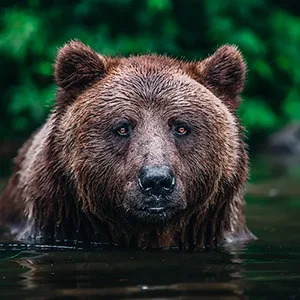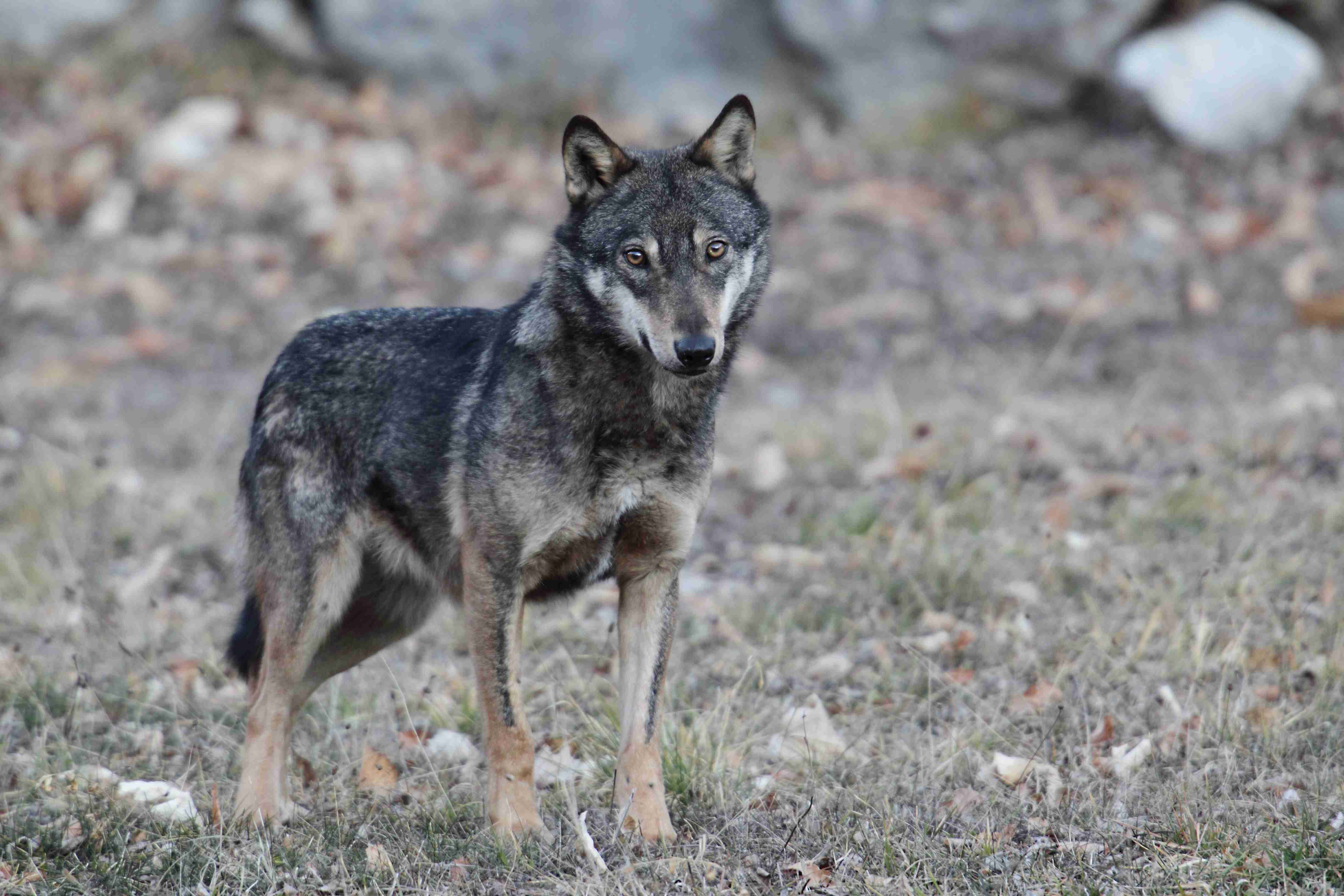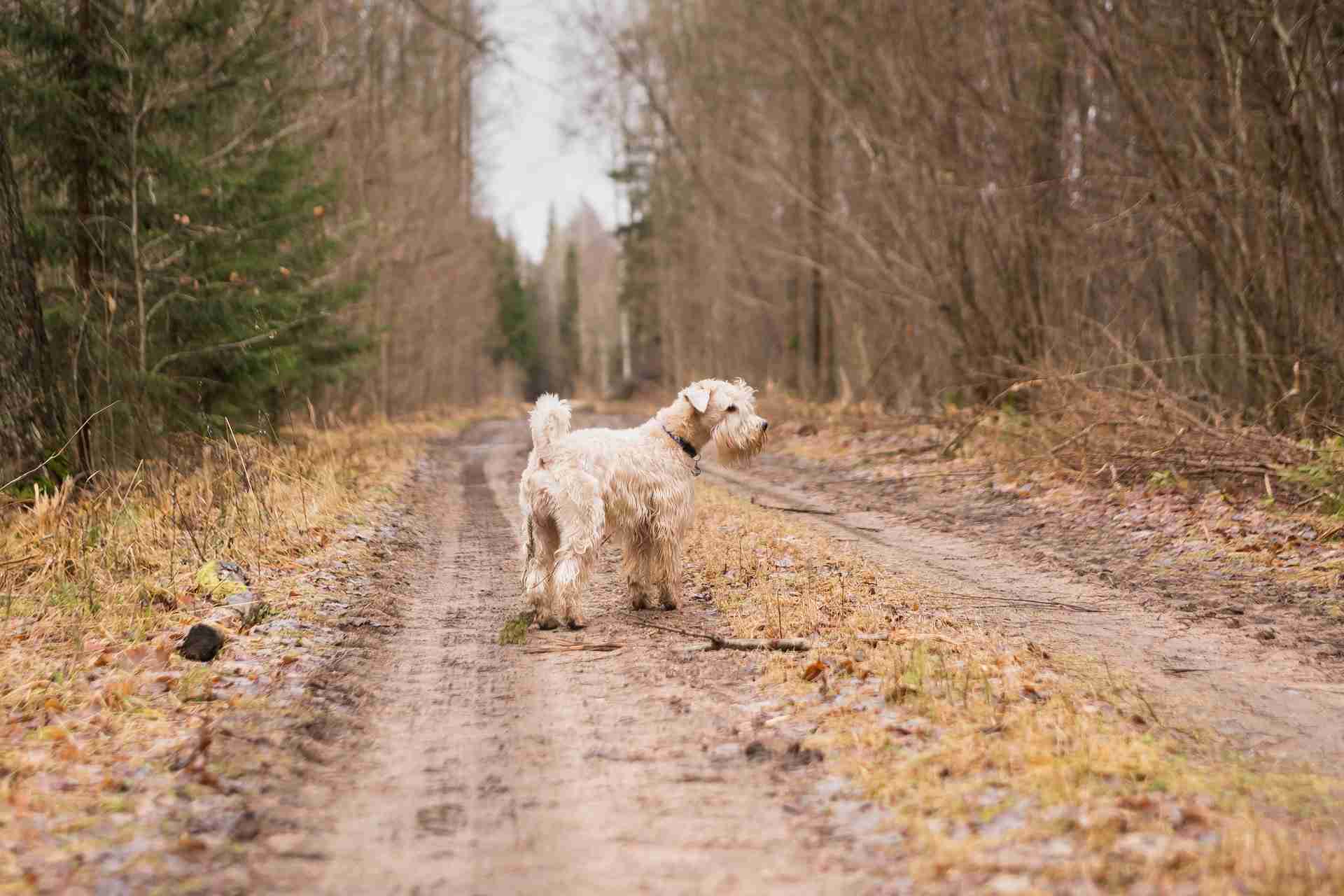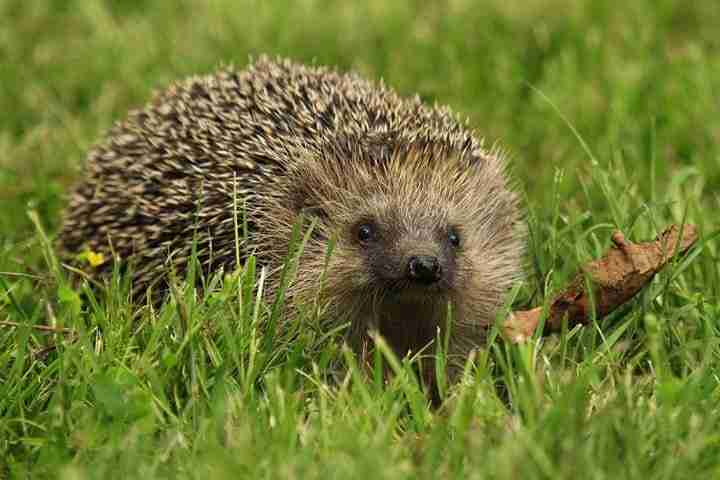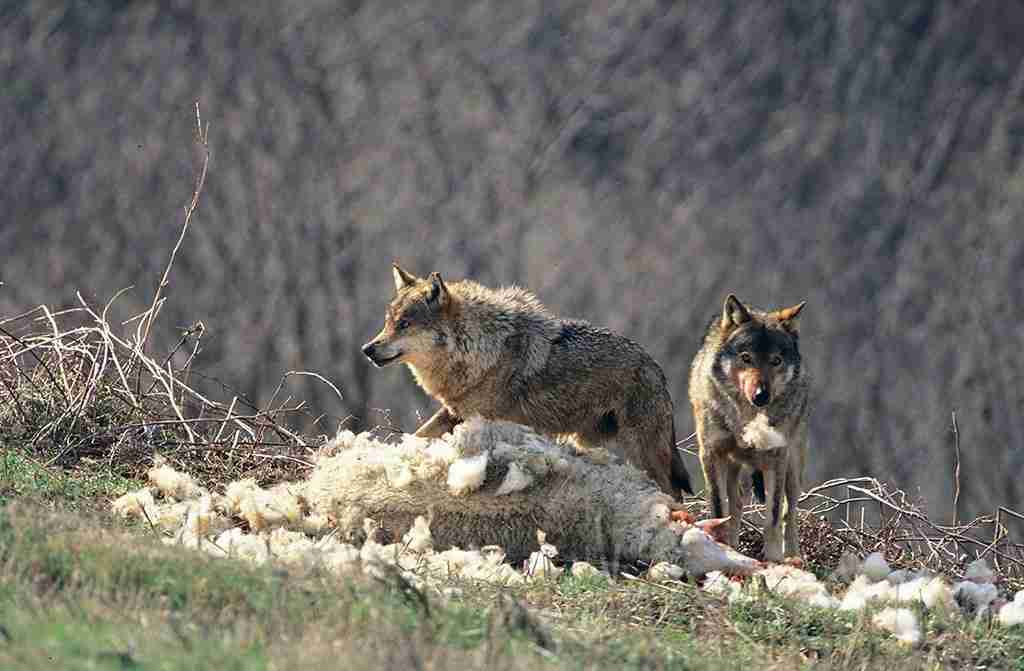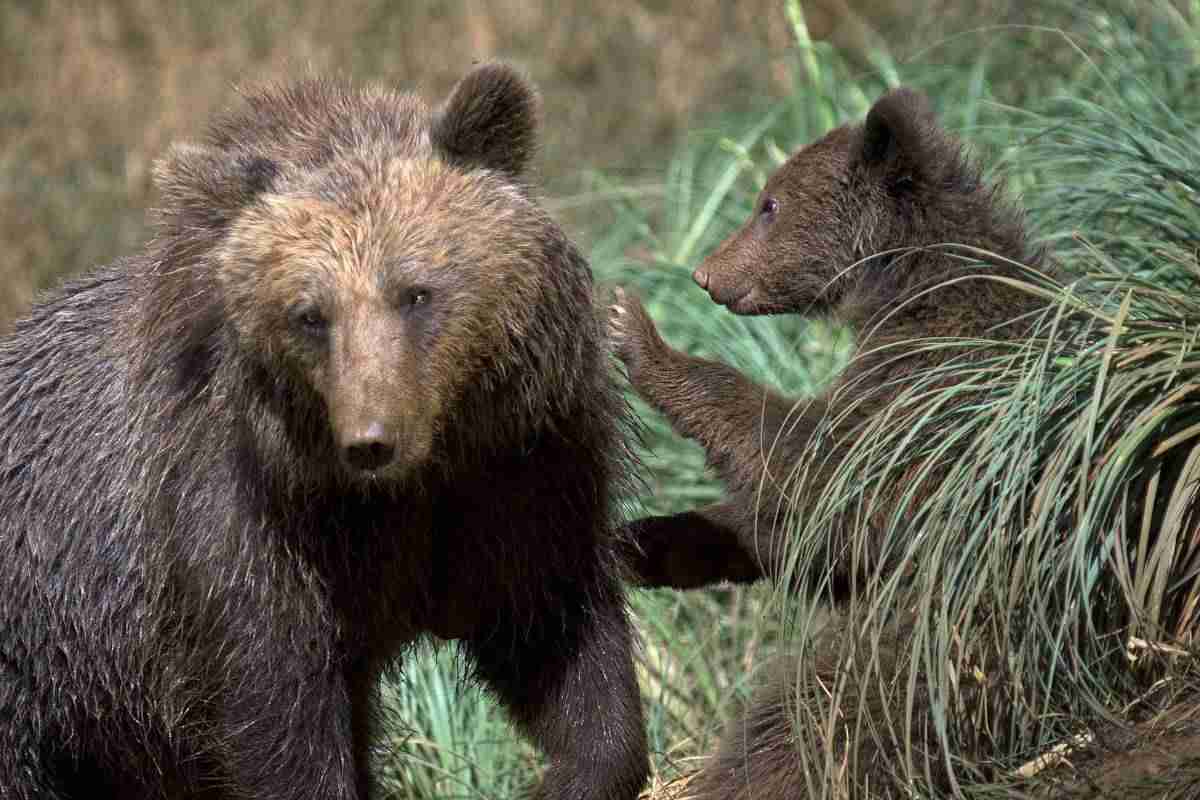Farmers&Predators: Spain, to the “River of Wolves" and Beyond the Duero
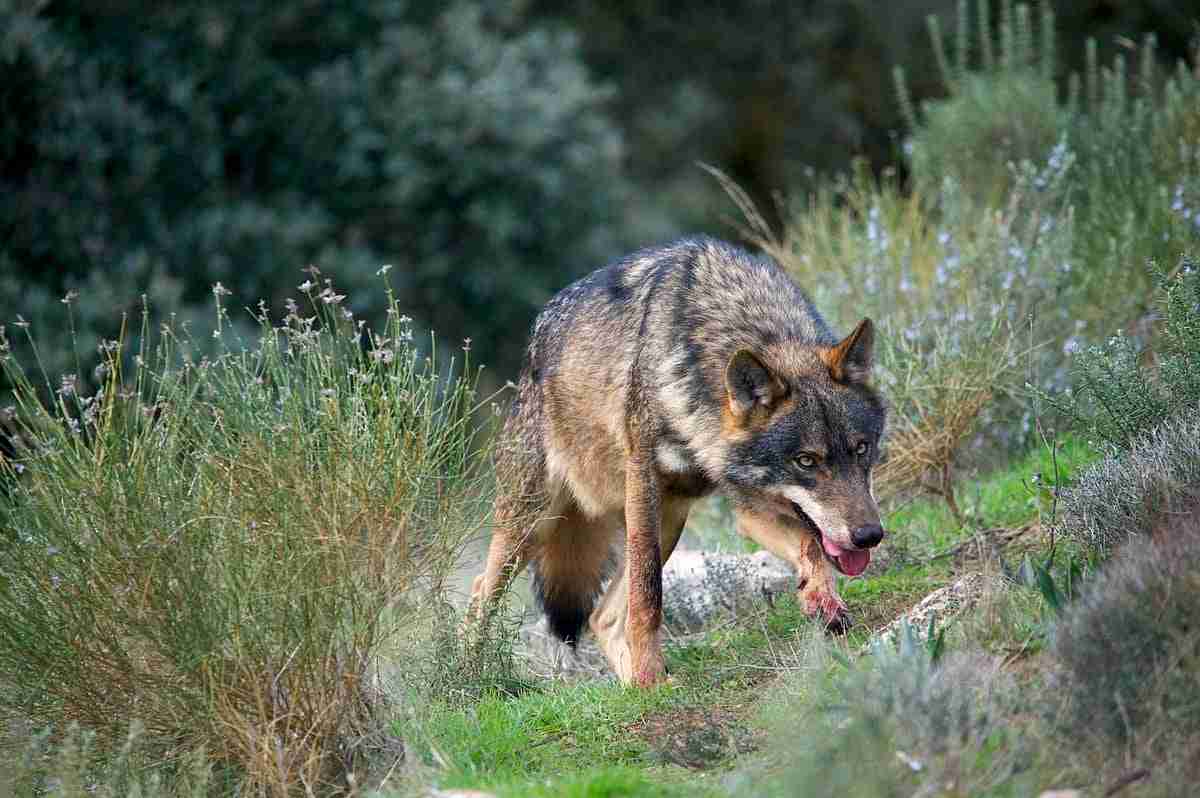
Respected naturalists and wildlife photographers, Angelo Gandolfi and Elisabeth van Lersel, embark on a journey through southern France, Spain and Portugal discovering large predators, such as wolves, and look at their impact on the environment and the human communities sharing the same ecosystems. Here's what they write in part three of their diary extract.

"There are no wolves in Ordesa"
“There are no wolves here in Ordesa," the herdsman from Torla told us in Alta Aragona two weeks ago.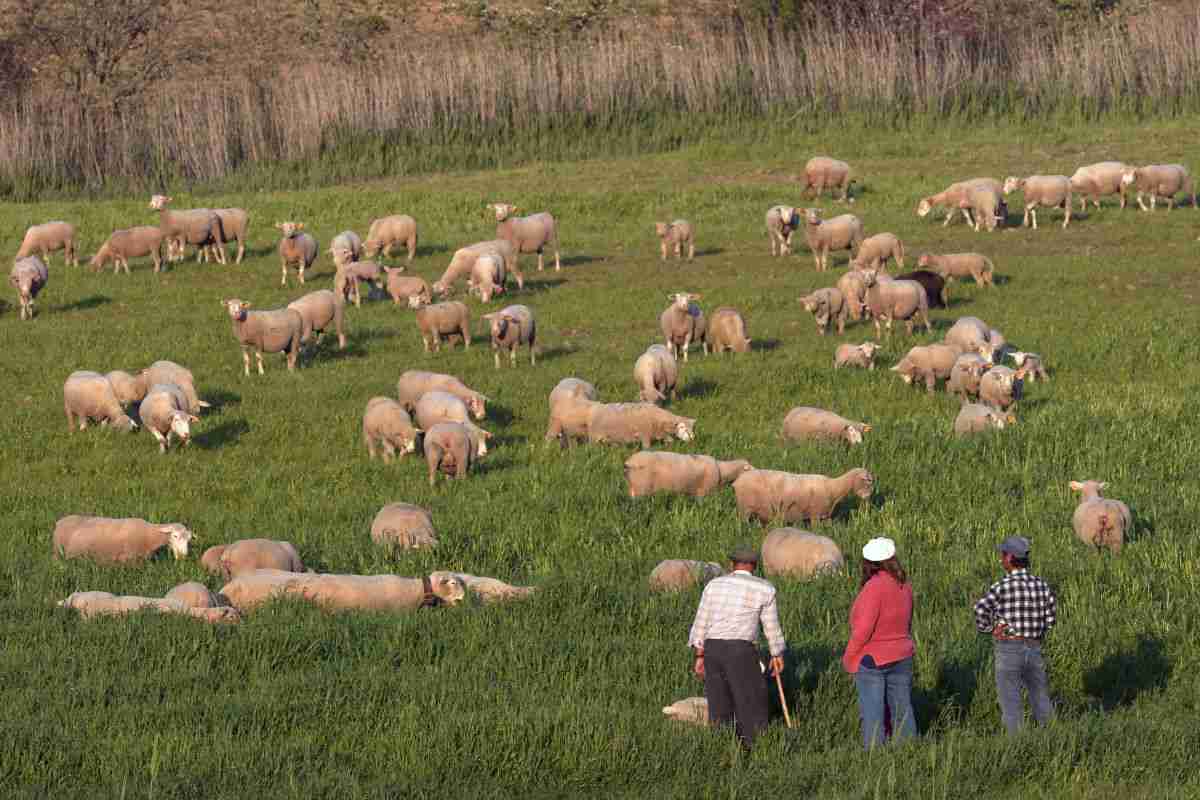
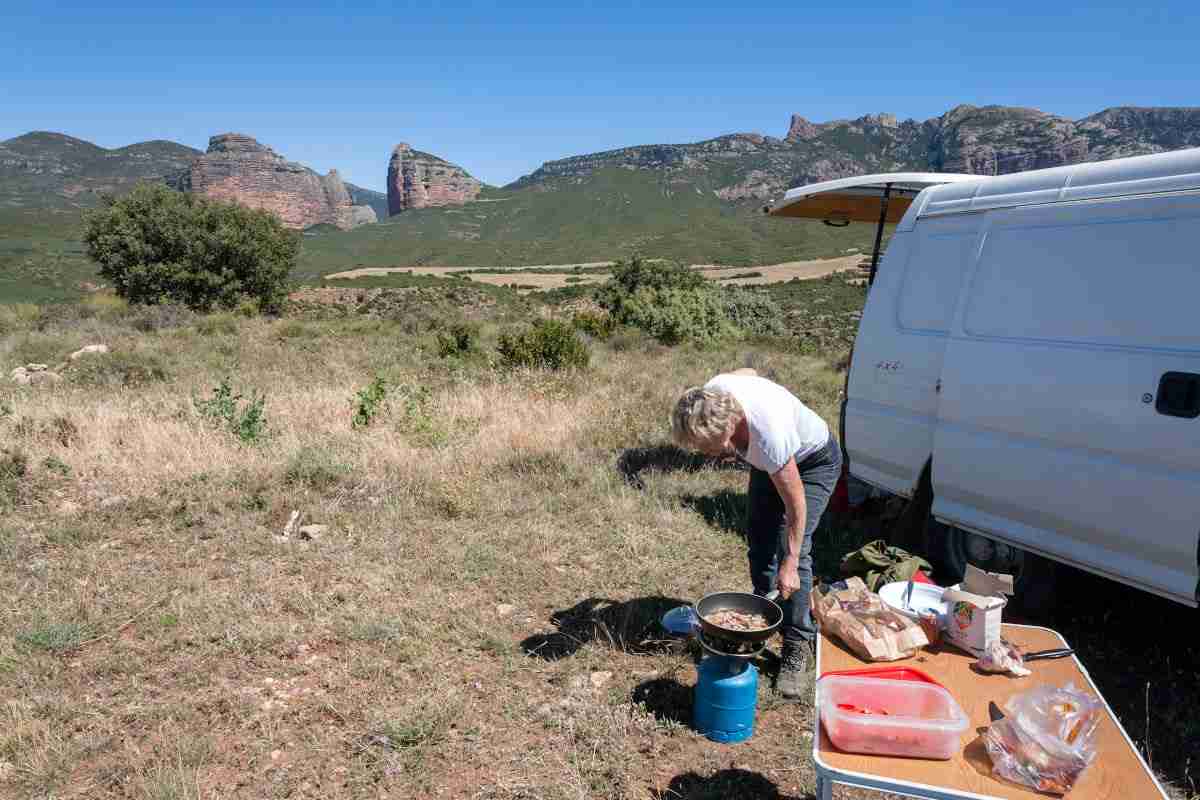
|
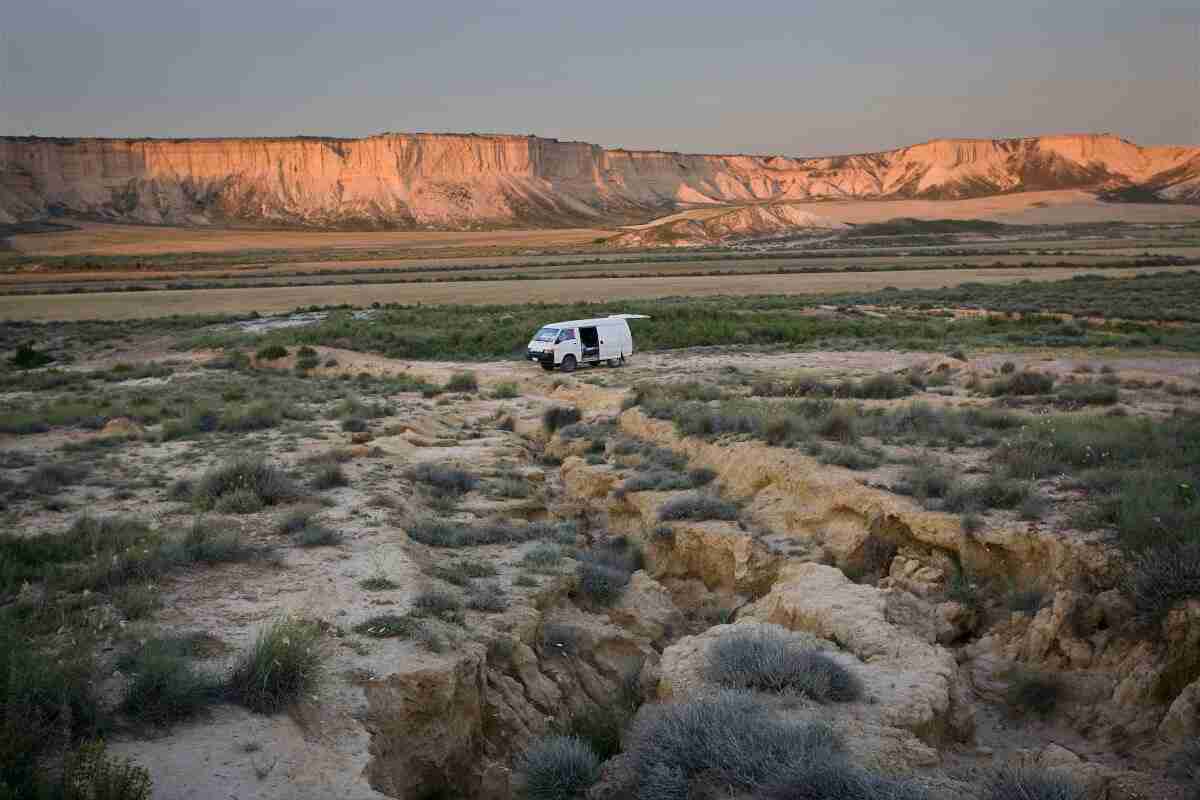
|
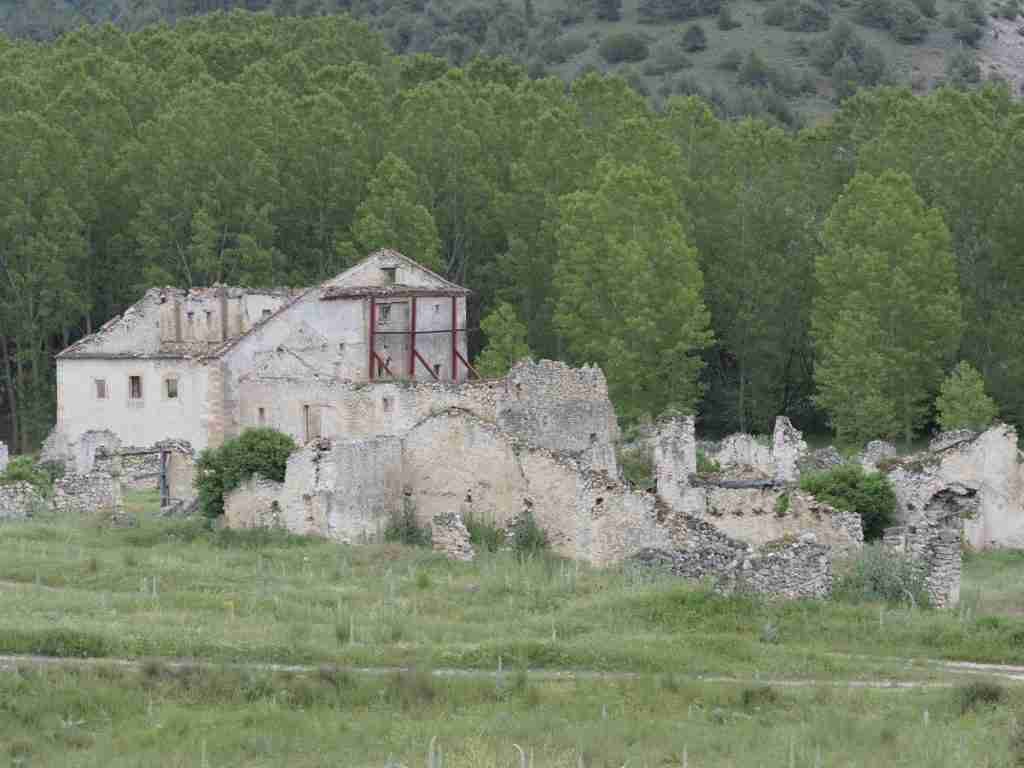
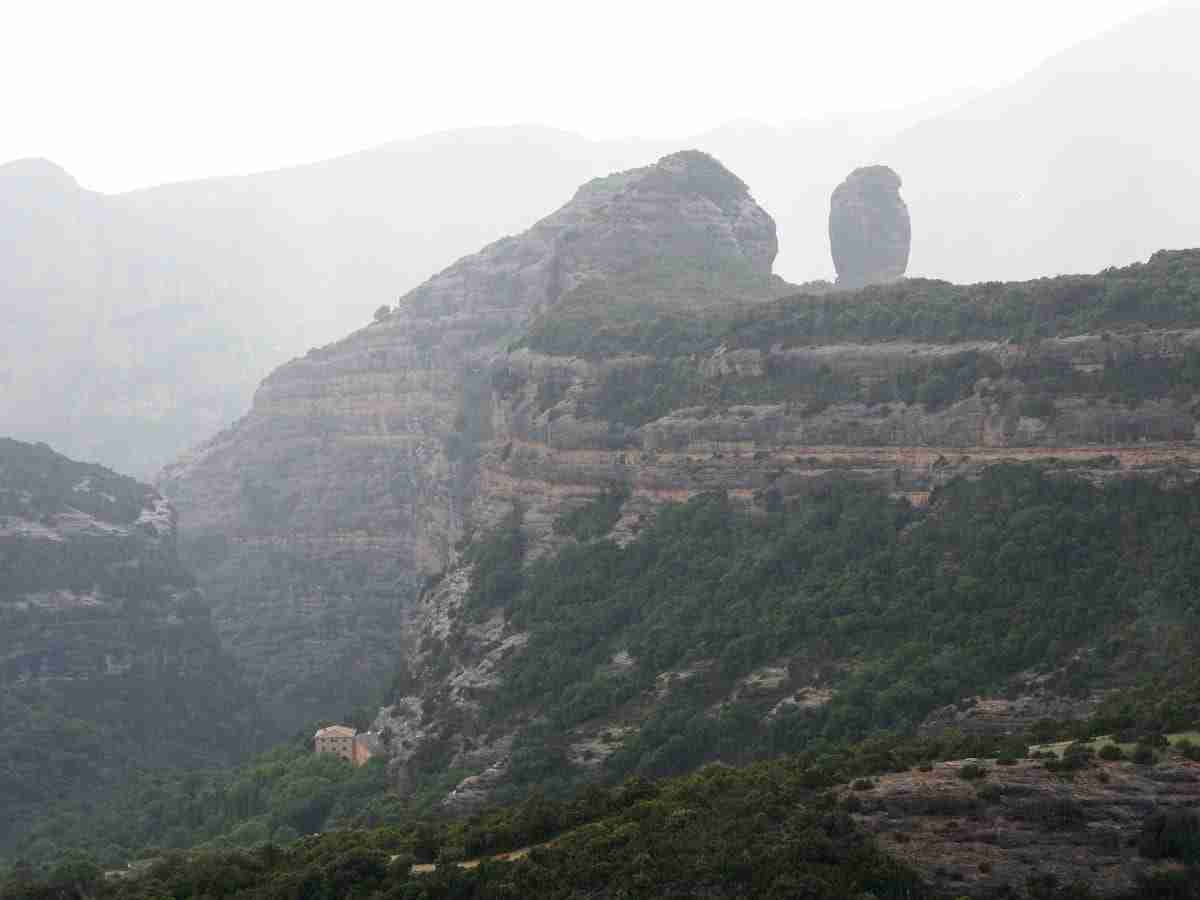
|
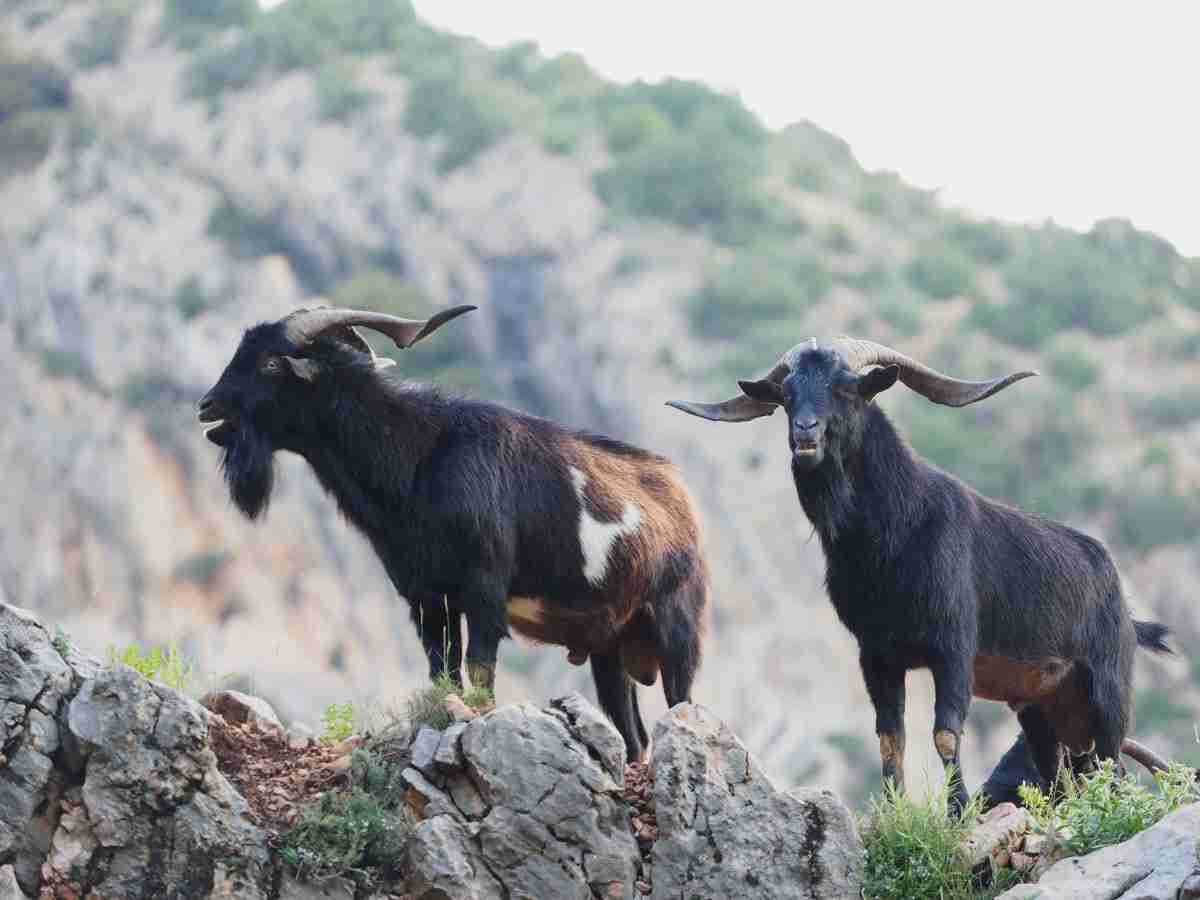
|
The Iberian wolf: a 'political' question
Our journey continues south-west to the Rio Lobos, where we enter Iberian Wolf, a sub-species of the Canis lupus signatus, territory. But first, let's try to answer a question that puzzles many: why did the Italian Wolf arrive in the Pyrenees before its Spanish cousin?In 1988, the wolf was listed as endangered species at the Bern Convention on the Conservation of European Wildlife and Natural Habitats, but there were different levels of protection for it according to the choices made by the various member nations. For instance, France and Switzerland didn't question the ruling since they didn't have wolves on their land, but they would later regret this inaction. On the other hand, Spain had a considerable wolf population located in the North-West, from Galicia to Castile and León.Thus an abstract boundary was established, where to the north of the Duero river wolves could be hunted, while on the south side the species was protected. In theory, their aim was to control the predator's native population in the North, while facilitating their expansion to the South, where they were absent apart from a small cluster in the Sierra Morena, Andalusia.Since hunting policies and, let's say, ‘environmental matters,' were left to the independent states, some crucial regions, such as the Basque Country, Navarra and La Rioja, were able to adopt “zero tolerance" measures towards wolves, killing every wolf passing through the 150 kilometres that separated them from the Pyrenees, i.e. the ideal environment for the species to settle.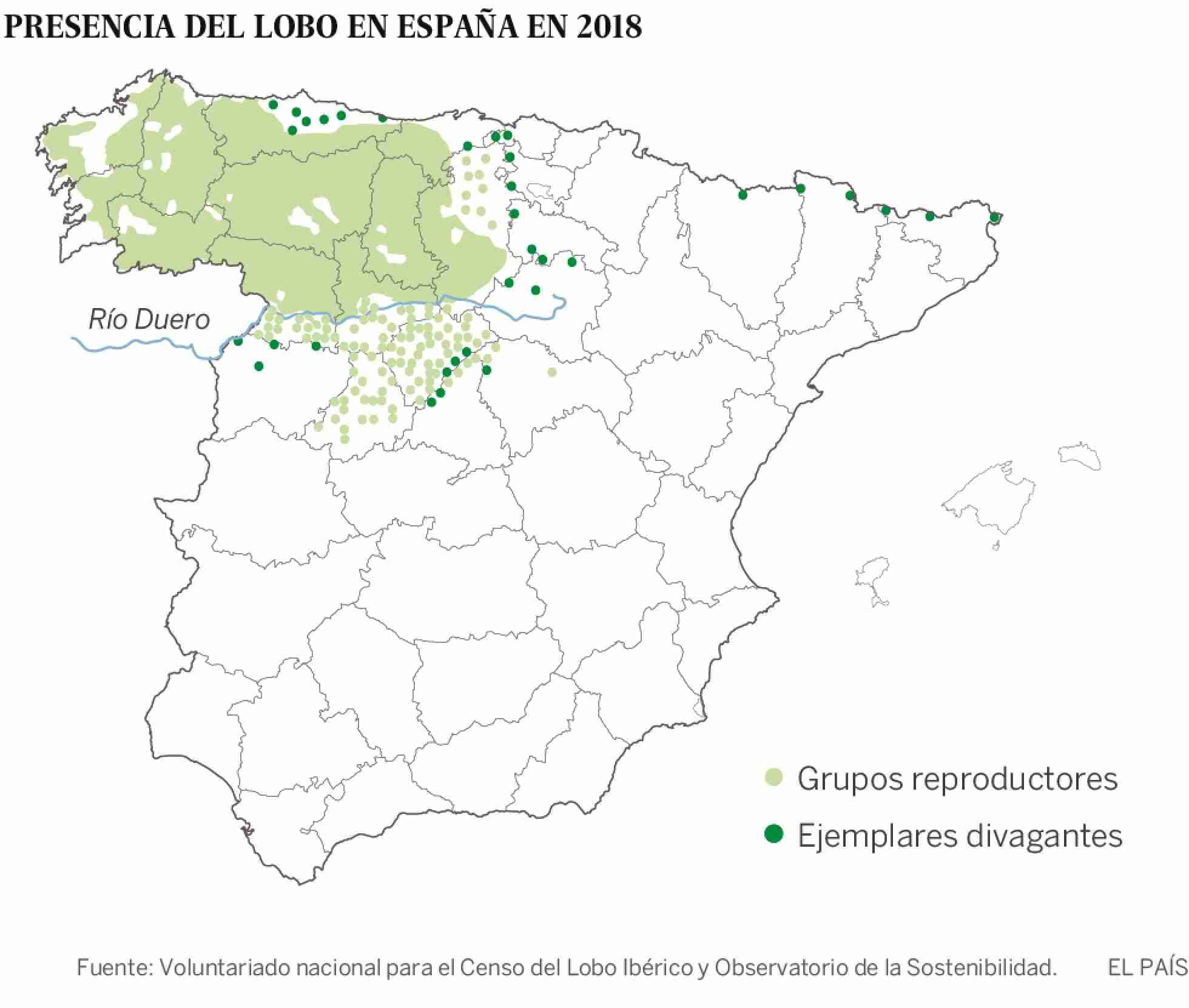
To the Rio Lobos “River of wolves" and the Sierra de Gredos
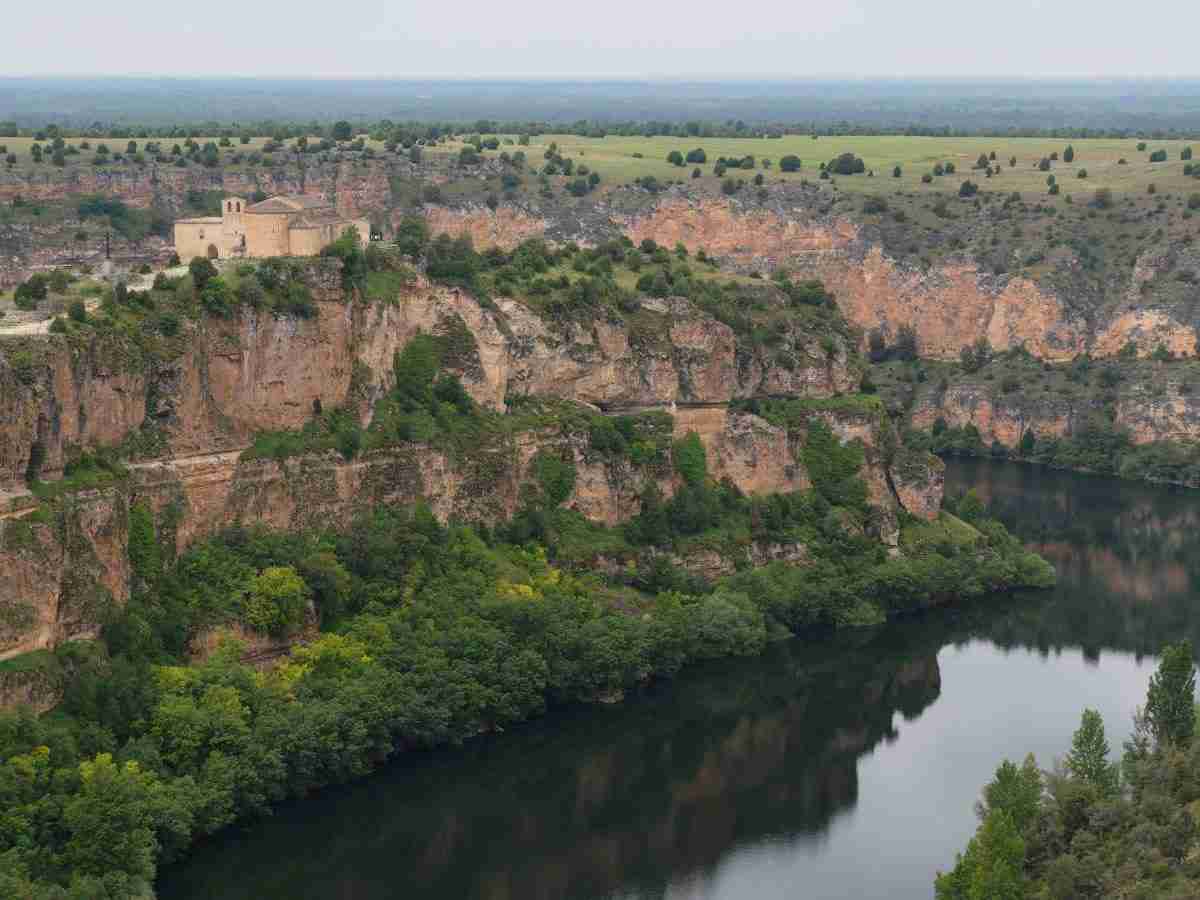
|
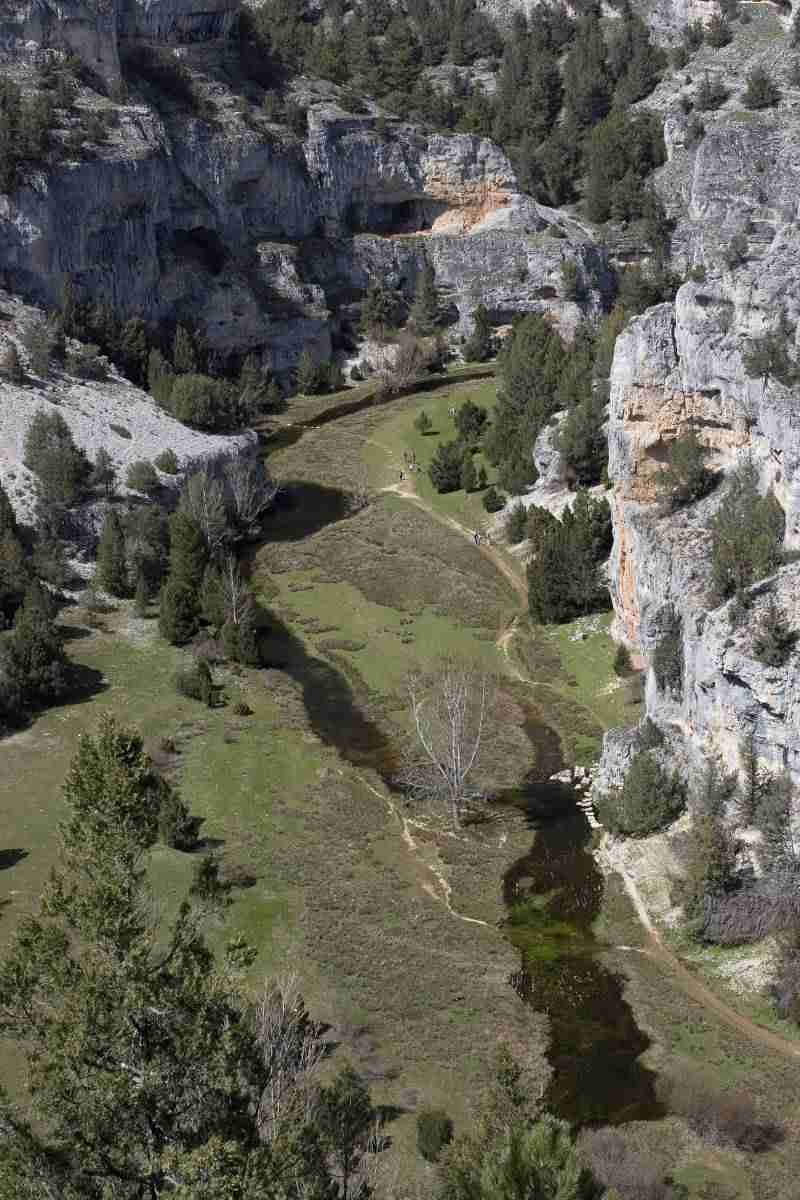
|
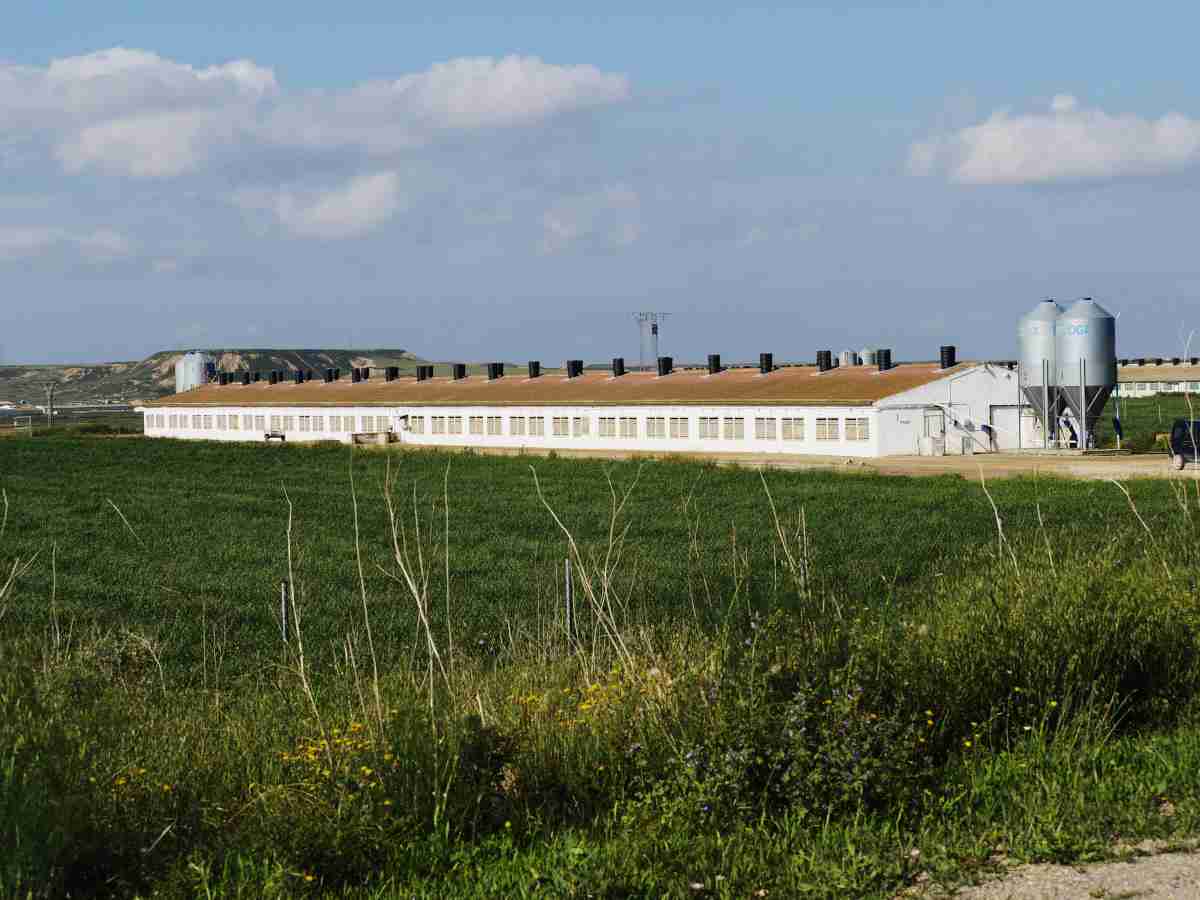
|
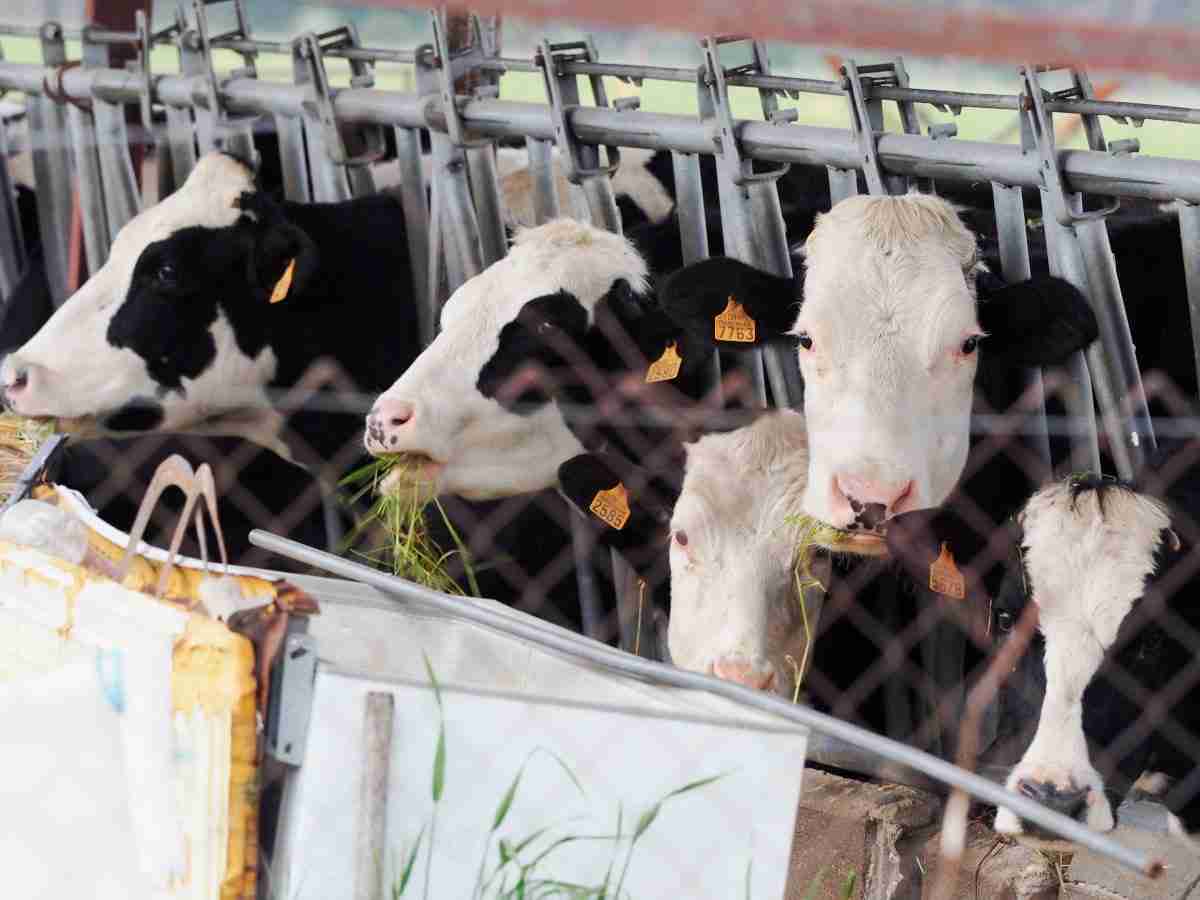
|
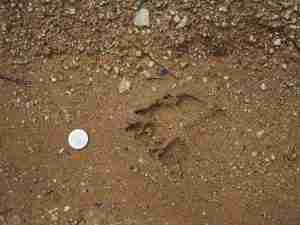
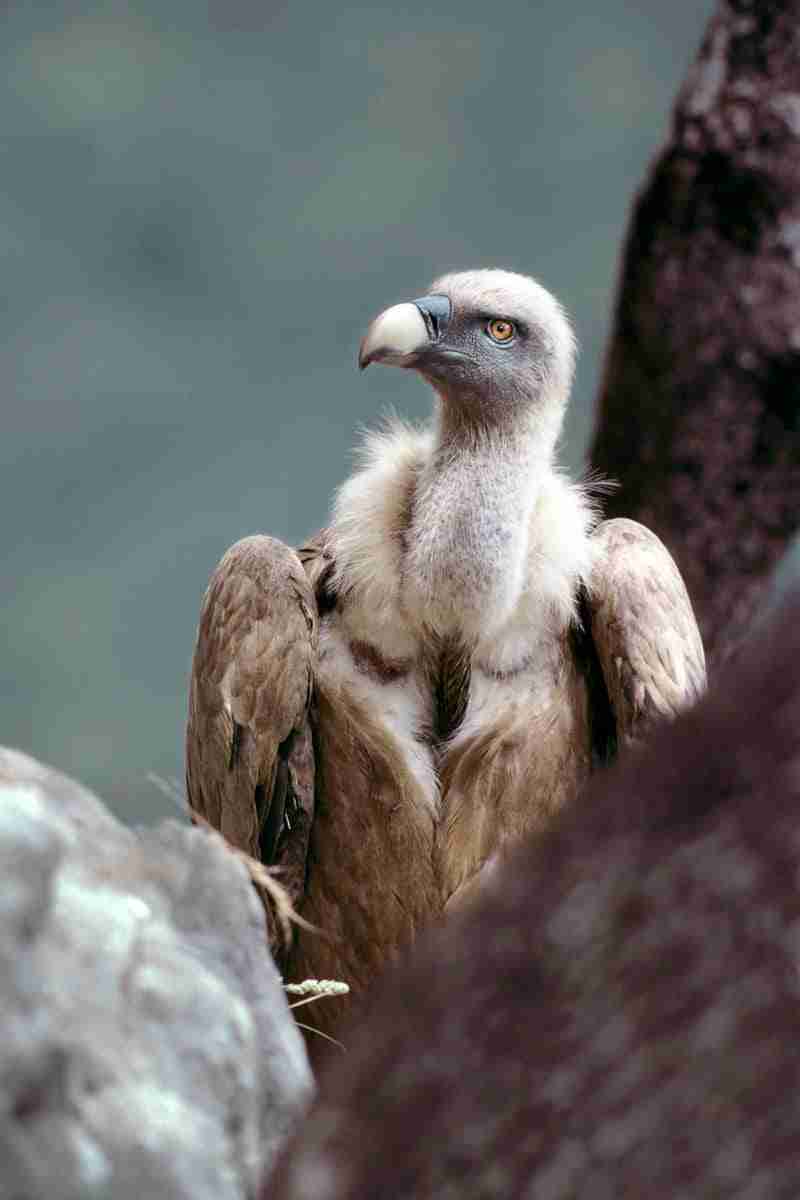
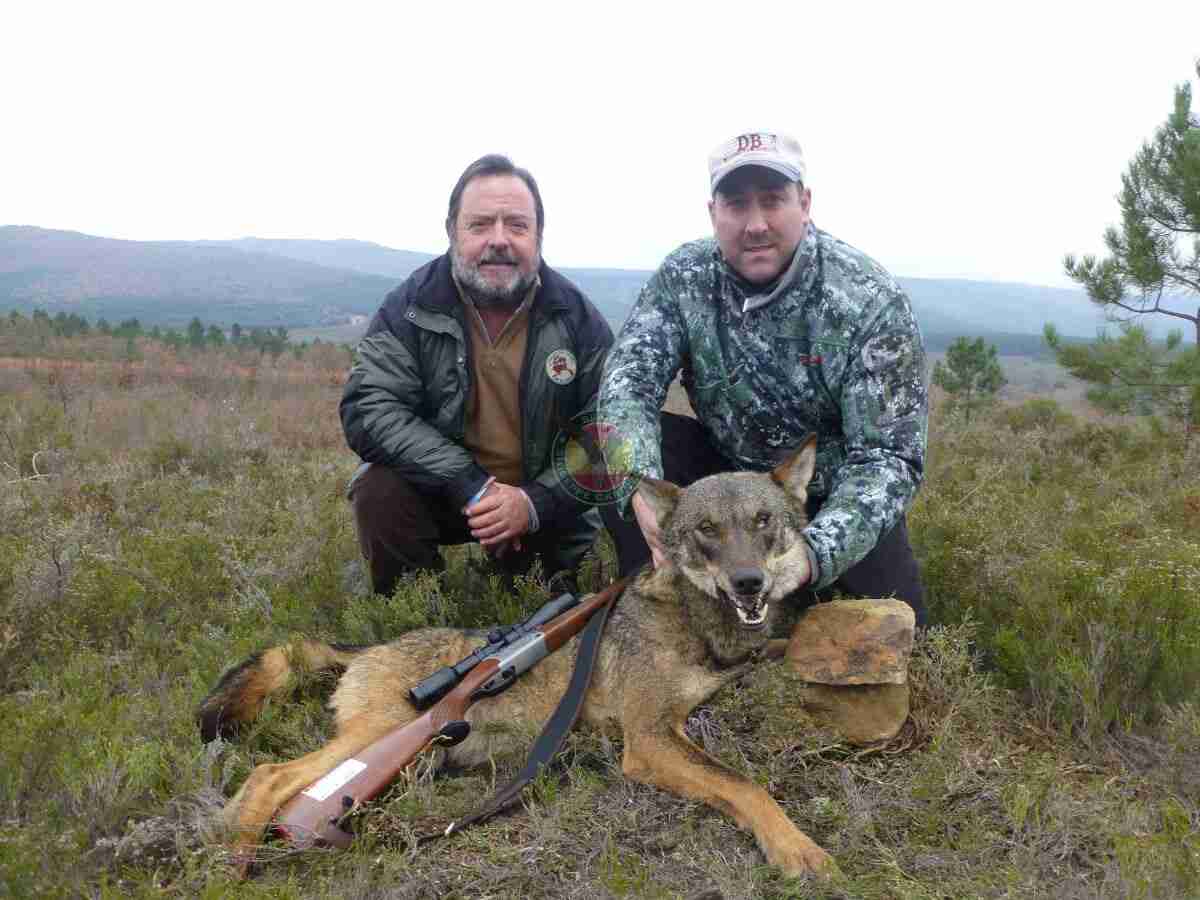
|

|


